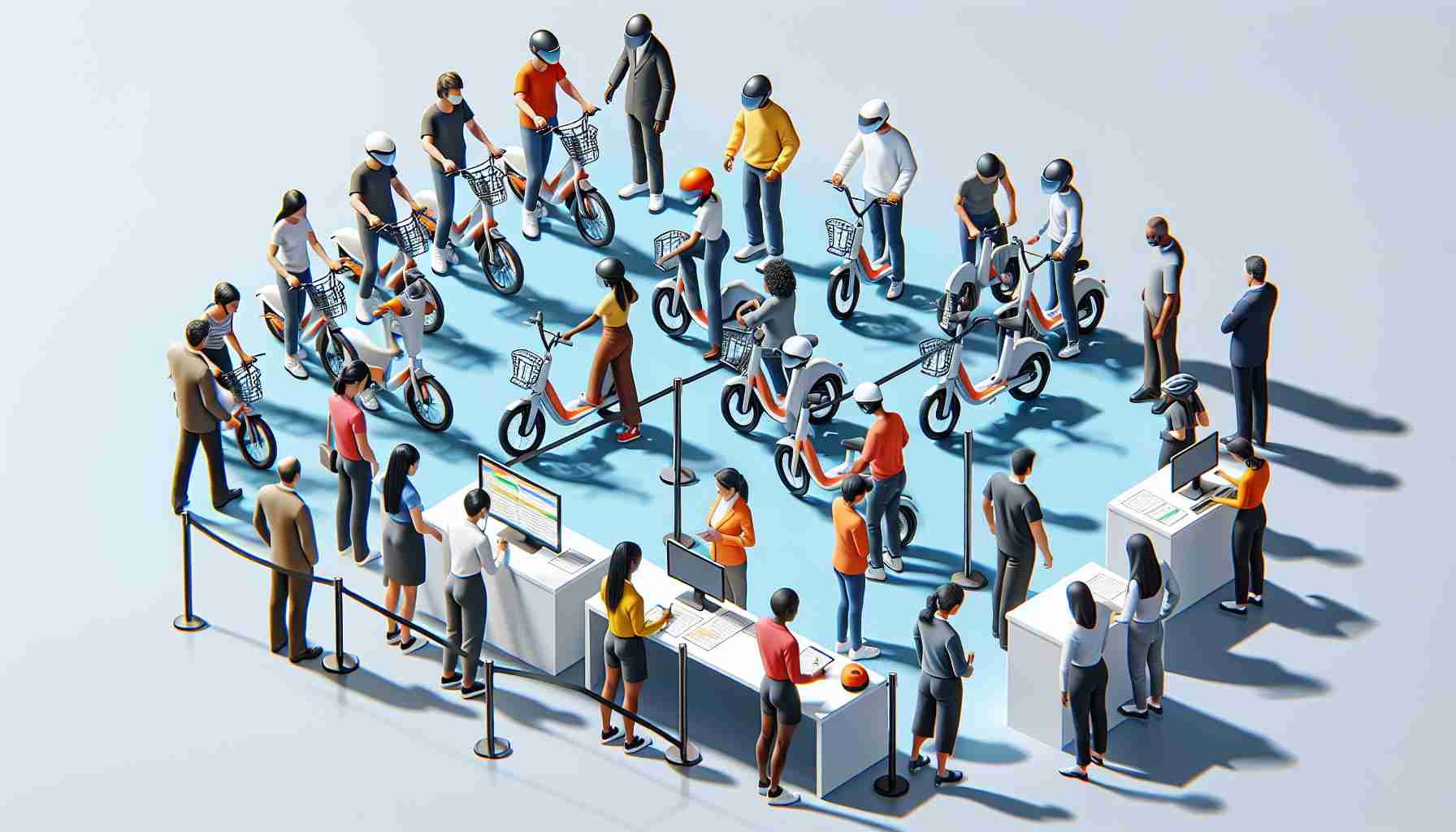The increasing popularity of e-bikes has brought convenience and efficiency to urban transportation. However, along with their rise in numbers on city streets, there has also been a concerning increase in injuries and even fatalities. While the City Department of Transportation reports that only six pedestrians have been killed by e-bikes since 2019, members of the E-Vehicle Safety Alliance argue that many more severe injuries go unreported. It is clear that action needs to be taken to address this issue and ensure accountability when accidents occur.
One tragic incident that highlights the urgency of this matter is the case of Priscilla Loke, an esteemed educator who was hit by an e-bike in Chinatown last September. Despite the severity of her injuries, the driver responsible was only issued a red light violation. The heartbreaking loss of Priscilla Loke has brought together her friends, colleagues, and numerous victims of e-bike crashes in a unified call for Priscilla’s Law.
Priscilla’s Law proposes the implementation of mandatory registration for all e-bikes in the city. This would require e-bike owners to bear a small fee to obtain a license plate, similar to the requirements for car owners. The benefits of such a registration system are numerous. It would enable law enforcement agencies and camera companies to identify violators easily, promoting a sense of accountability among e-bike users. Additionally, this measure would ensure that victims of e-bike accidents have a clear path for seeking justice and compensation.
While the statistics indicate that the number of pedestrian fatalities caused by e-bikes is relatively low, it is vital to consider the broader impact. The E-Vehicle Safety Alliance highlights that severe injuries resulting from e-bike accidents, including broken bones and traumatic brain injuries, are more prevalent than reported. Victims like Renee Baruch, who suffered significant spinal cord and neck injuries, emphasize the urgent need for action.
It is disheartening to learn that Priscilla’s Law has not yet received a vote in the City Council, despite having 31 sponsors. Safety should be a top priority, and implementing e-bike registration is a crucial step towards achieving this. By treating e-bikes in a manner similar to other motor vehicles, we can create a safer and more accountable environment for all road users.
As we move forward, it is essential for city officials, community organizations, and advocates to collaborate and prioritize the passing of Priscilla’s Law. This legislation not only addresses the immediate concerns of victims and their families but also paves the way for a more comprehensive approach to e-bike safety, ultimately benefiting everyone on our city streets. Let us recognize the urgency of this issue and work towards a future where e-bike accountability is a reality.
The e-bike industry has experienced significant growth in recent years, driven by the increasing demand for sustainable and efficient transportation solutions in urban areas. According to market forecasts, the global e-bike market is expected to grow at a CAGR of over 7% between 2021 and 2026. This growth can be attributed to factors such as government initiatives promoting electric mobility, advancements in battery technology, and the rising awareness of the environmental benefits of e-bikes.
However, the rise in e-bike usage has also brought about concerns regarding safety on city streets. The article highlights the issue of injuries and fatalities caused by e-bike accidents. While the City Department of Transportation reports a relatively low number of pedestrian deaths related to e-bikes since 2019, the E-Vehicle Safety Alliance argues that many severe injuries go unreported.
One of the proposed solutions to address this issue is the implementation of mandatory registration for all e-bikes. Priscilla’s Law, named after a victim of an e-bike accident, aims to require e-bike owners to obtain a license plate by paying a small fee, similar to the requirements for car owners. This registration system would enable law enforcement agencies and camera companies to identify violators easily, promoting accountability among e-bike users and providing a clear path for justice and compensation for victims of e-bike accidents.
The lack of progress in passing Priscilla’s Law in the City Council despite having 31 sponsors is a concerning issue. Safety should be a top priority, and the implementation of e-bike registration is seen as a crucial step towards achieving this. By treating e-bikes in a similar manner to other motor vehicles, a safer and more accountable environment can be created for all road users.
To learn more about the e-bike industry and related market forecasts, you can visit MarketsandMarkets. This website provides detailed insights and analysis of the global e-bike market, including market size, growth opportunities, and trends.











